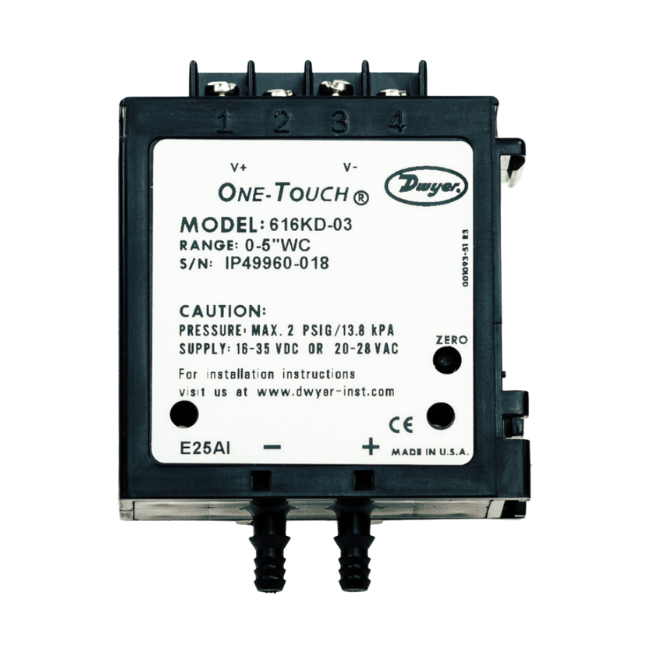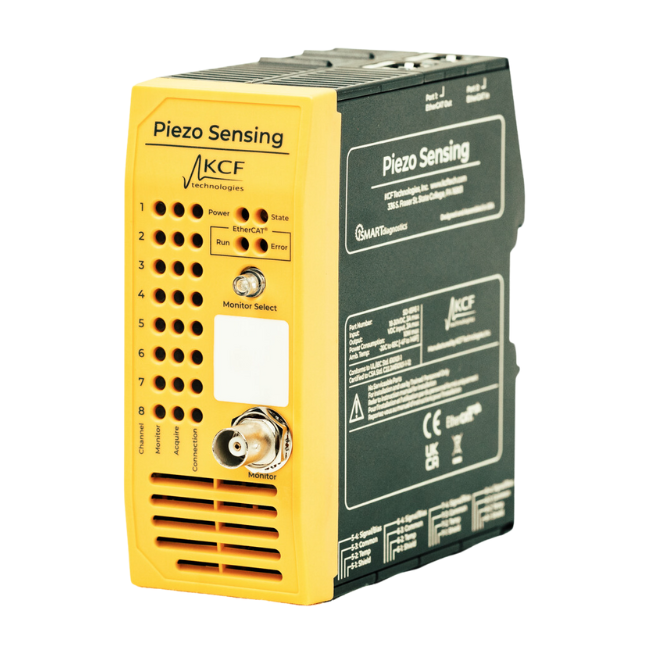IoT HUB
What the IoT HUB monitors:


Achieve at a minimum:
3.6x
–more– Asset Coverage
The SMARTdiagnostics IoT HUB is the next generation of full asset solutions designed to handle the most complex asset health monitoring needs.
- 7 input channels per HUB system.
- Capable of triggered and simultaneous collections
- Compatible with multiple sensor types, including third-party sensors
- Take in several channels of vibration data from different key monitoring points on a large asset, along with a trigger input port enabling monitoring at a particular moment in the machine’s operating cycle. With analog or IEPE adapters, the remaining ports can be used to collect data from other sensor types, such as pressure, current, or oil humidity.
The IoT HUB Monitors:
Oil Humidity | Current Signature | PLC Trigger | Tachometer | Pressure Signature | Ultrasonic Sensing | Voltage | Motor Current Signature Analysis (MCSA)
IoT HUB Asset Health Monitoring
How It Works
Patented network built for:
–zero–interference– with plant Wi-Fi or other RF.
The HUB is permanently powered by 24VDC or 110 VAC or 220VAC. This enables monitoring is applications where battery replacements are a hurdle
Key Applications
High-Temperature
Power is supplied to the IoT HUB, so it can be positioned away from extreme environments. This allows sensors to be placed on high temperature machines without worrying about compromising battery power.
Triggered Machines
In triggered machines, such as robots, the IoT HUB can be configured to activate sensors in response to unique movement patterns. This allows for more focused data collection as opposed to more traditional continuous asset health monitoring.
Shielded Machines
Assets in shielded areas, such as those covered by metal or screening, pose an issue where wireless sensors struggle to connect to the network. The IoT HUB provides a wired solution for monitoring these machines.
Designed to Handle Your Most Complex Asset Health Monitoring Needs.
Signal Propagation
To instrument a large asset we might have many vibration sensors that have weak wireless signal strength due to location. With the HUB however, the sensor is decoupled from the wireless module, so you can put many sensors exactly where you want them, and then put the single HUB in a better place for wireless connectivity. This also opens the door for submerged applications.
Mix of Sensor Types
Often the right monitoring solution for an asset is a mix of sensor types—vibration, temperature, pressure, current, etc. The IoT HUB makes managing multiple sensor types easy for you and your team.
Intermittent Operation
If the machine is intermittently operated, or has a complex cycle that changes, and we want to collect data at a particular moment in that cycle where damage may occur, using a HUB is critical. The HUB is continuously looking for this trigger signal, and once it sees it, it collects a measurement. That way, you’re always collecting data at the same moment in the operating cycle.
Synchronous Data Collection
The IoT HUB features triggered data collection, and because it has multiple input ports, this means we can accurately time-synchronize samples from multiple monitoring points. With the HUB, we can take them all at the same time or at delayed times of our choosing. This opens the door for things like phase analysis and orbital plots.
High-Temperature
The IoT HUB’s vibration sensors are built to withstand hotter temperatures than other vibration sensors, primarily because they do not have a battery onboard, so they aren’t limited by a battery’s temperature rating.

Check Out All Our Machine Health Hardware
Contact Us Today
















